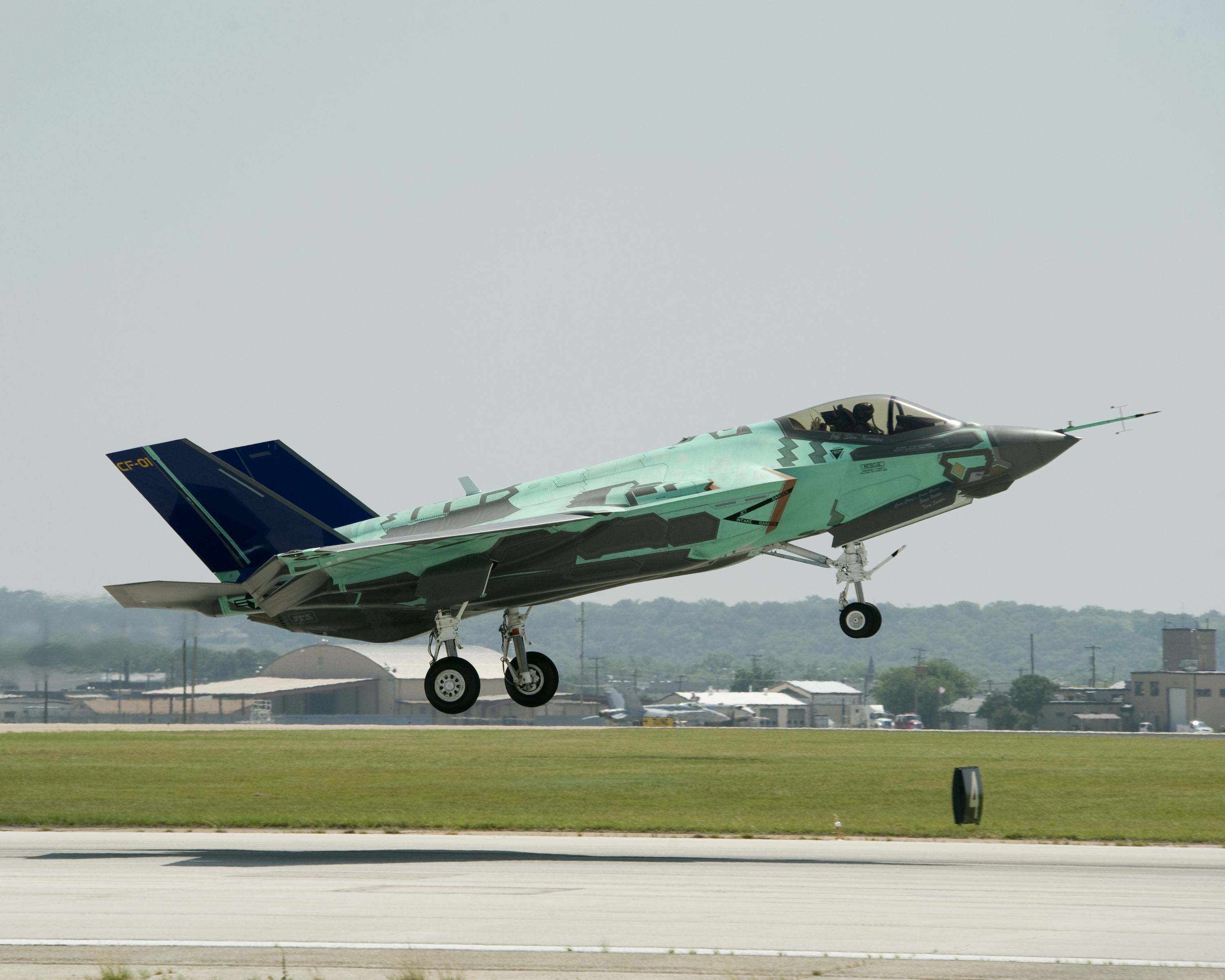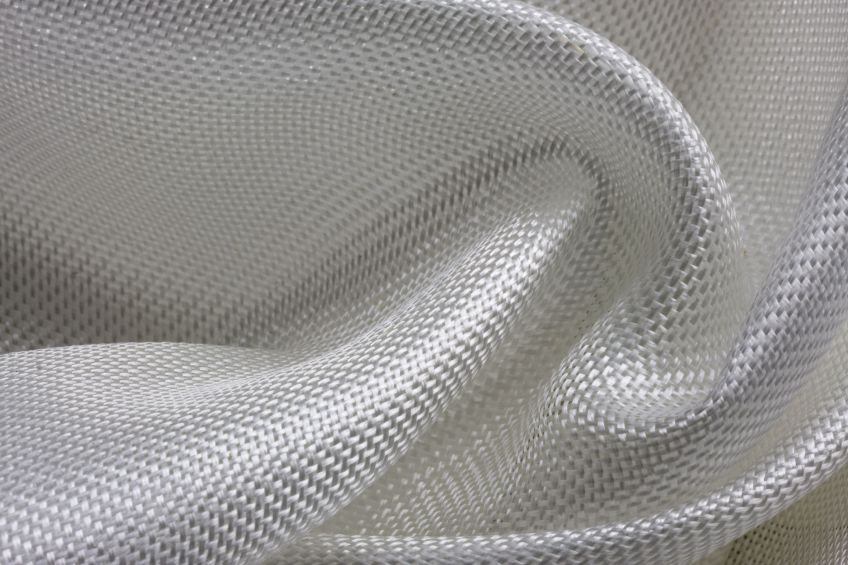What is Polymer Matrix Composite ?
Polymer Matrix Composite (PMC) is the material consisting of a polymer (resin) matrix combined with a fibrous reinforcing dispersed phase. Polymer Matrix Composites are very popular due to their low cost and simple fabrication methods.
 Fokker Landing Gear has been actively engaged in the development of technologies for the application of thick-walled Polymer Matrix Composites (PMC) at F-35 in flight critical primary structural components for landing gears for over fifteen years.
Fokker Landing Gear has been actively engaged in the development of technologies for the application of thick-walled Polymer Matrix Composites (PMC) at F-35 in flight critical primary structural components for landing gears for over fifteen years.
Use of non-reinforced polymers as structure materials is limited by low level of their mechanical properties: tensile strength of one of the strongest polymers - epoxy resin is 20000 psi (140 MPa). In addition to relatively low strength, polymer materials possess low impact resistance.
Lighter and stronger materials are being designed that can be used at high temperatures and resist corrosion better than conventional metals or plastics in various commercial and military applications. Called polymer matrix composites, these materials consist of strong fibers embedded in a resilient plastic that holds them in place.
Polymer composites are used to make very light bicycles that are faster and easier to handle than standard ones, fishing boats that are resistant to corrosive seawater, and lightweight turbine blades that generate wind power efficiently. New commercial aircraft also contain more composites than their predecessors. A 555-passenger plane recently built by Airbus, for example, consists of 25 percent composite material, while Boeing is designing a new jumbo aircraft that is planned to be more than half polymer composites.
Reinforcement of polymers by strong fibrous network permits fabrication of Polymer Matrix Composites (PMC) characterized by the following properties :
- High tensile strength
- High stiffness
- High Fracture Toughness
- Good abrasion resistance
- Good puncture resistance
- Good corrosion resistance
- Low cost
The main disadvantages of Polymer Matrix Composites (PMC) are :
- Low thermal resistance
- High coefficient of thermal expansion
Two types of polymers are used as matrix materials for fabrication composites: Thermosets (epoxies, phenolics) and Thermoplastics (Low Density Polyethylene (LDPE), High Density Polyethylene (HDPE), polypropylene, nylon, acrylics).
According to the reinforcement material the following groups of Polymer Matrix Composites (PMC) are used :
- Fiberglasses – Glass Fiber Reinforced Polymers
- Carbon Fiber Reinforced Polymer Composites
- Kevlar (aramid) fiber reinforced polymers
Reinforcing fibers may be arranged in different forms :
- Unidirectional fibers
- Rovings
- Veil mat: thin pile of randomly orientated and looped continuous fibers
- Chopped strands: thin pile of randomly orientated and looped short (3-4 inches) fibers
- Woven fabric
Properties of Polymer Matrix Composites are determined by :
- Properties of the fibers
- Orientation of the fibers
- Concentration of the fibers
- Properties of the matrix
- Properties of Polymer Matrix Composites may be estimated by the Rule of Mixtures
Polymer Matrix Composites (PMC) are used for manufacturing: secondary load-bearing aerospace structures, boat bodies, canoes, kayaks, automotive parts, radio controlled vehicles, sport goods (golf clubs, skis, tennis racquets, fishing rods), bullet-proof vests and other armor parts, brake and clutch linings. Furthermore other additional costs associated with quality control, health and safety and environmental factors need to be considered. For applications the benefits from using polymer matrix composites can become significant when component-lifetime costs – cradle to grave, rather than just material and fabrication costs, are included.
In the future, polymer composites could be even tougher and lighter than today’s composites, owing to M5 fibers, which promise to be the strongest and most versatile fibers ever created. These composites could improve protection against fire, blasts, and bullets for military equipment and personnel. In the next five to 10 years, the Defense Department should invest in M5 fiber research and development and should evaluate new ways of developing and purchasing high-performance fibers, the second report recommends, to improve the performance and availability of composites in the future.
You might also like
| Nanocomposite What is Nanocomposite ? A nanocomposite... | Polymer Clay What is Polymer Clay ? Polymer clay is a... | Types of Materials Metals Metals are elements that generally... | Advanced Composite Materials What are Advanced Composite Materials ? Advanced... |



 Alloy Suppliers
Alloy Suppliers
 Aluminum
Aluminum
 Aluminum Extrusions
Aluminum Extrusions
 Copper-Brass-Bronze
Copper-Brass-Bronze
 Nickel
Nickel
 Magnets
Magnets
 Stainless Steel
Stainless Steel
 Stainless Steel Tubing
Stainless Steel Tubing
 Steel Service Centers
Steel Service Centers
 Titanium
Titanium
 Tungsten
Tungsten
 Wire Rope
Wire Rope